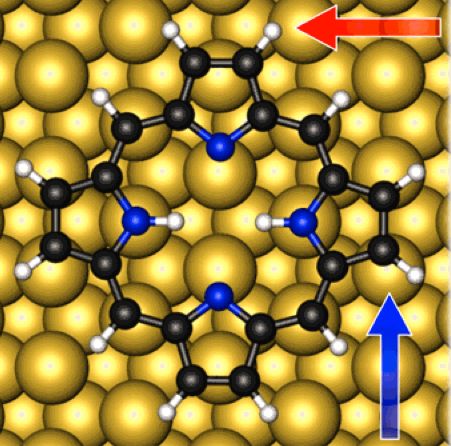Jan 20, 2016
Open-Source GPU Could Push Computing Power to the Next Level
Posted by Roman Mednitzer in category: computing
Researchers at Binghamton University are using an open-source graphics processor unit (GPU) to push the devices’ performance and application.
Binghamton University computer science assistant professor Timothy Miller, assistant professor Aaron Carpenter, and graduate student Philip Dexterm, along with co-author Jeff Bush, have developed Nyami, a synthesizable GPU architectural model for general-purpose and graphics-specific workloads. This marks the first time a team has taken an open-source GPU design and run a series of experiments on it to see how different hardware and software configurations would affect the circuit’s performance.
According to Miller, the results will help other scientists make their own GPUs and push computing power to the next level.

















